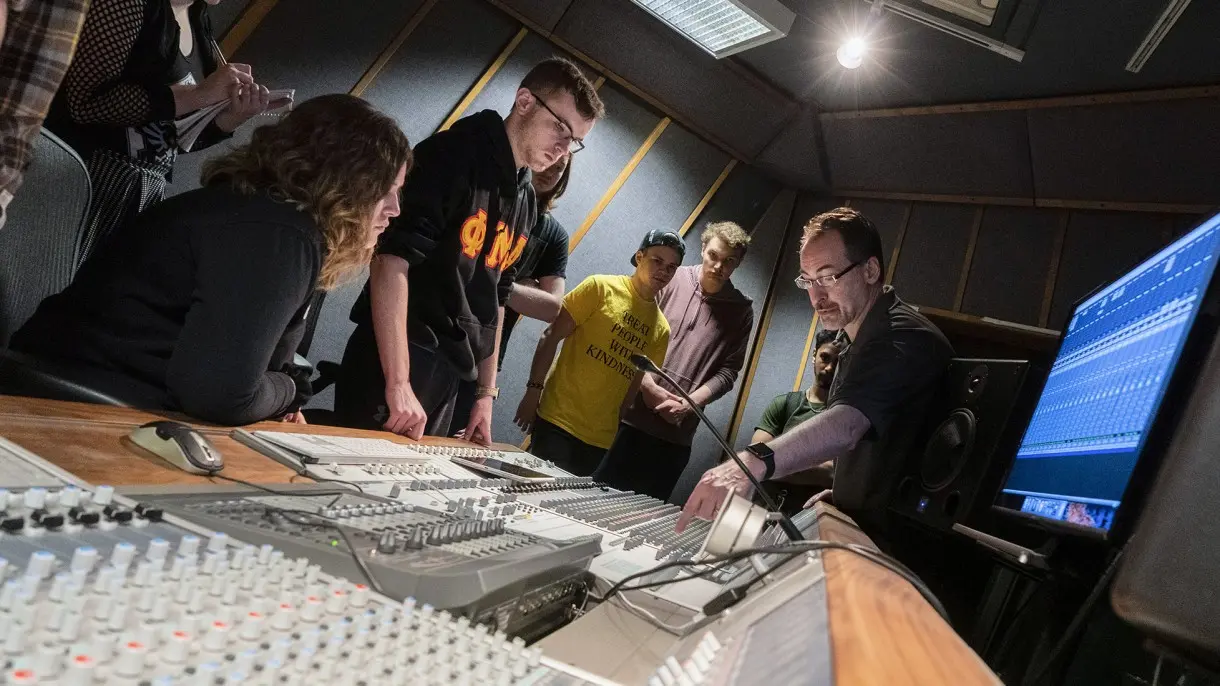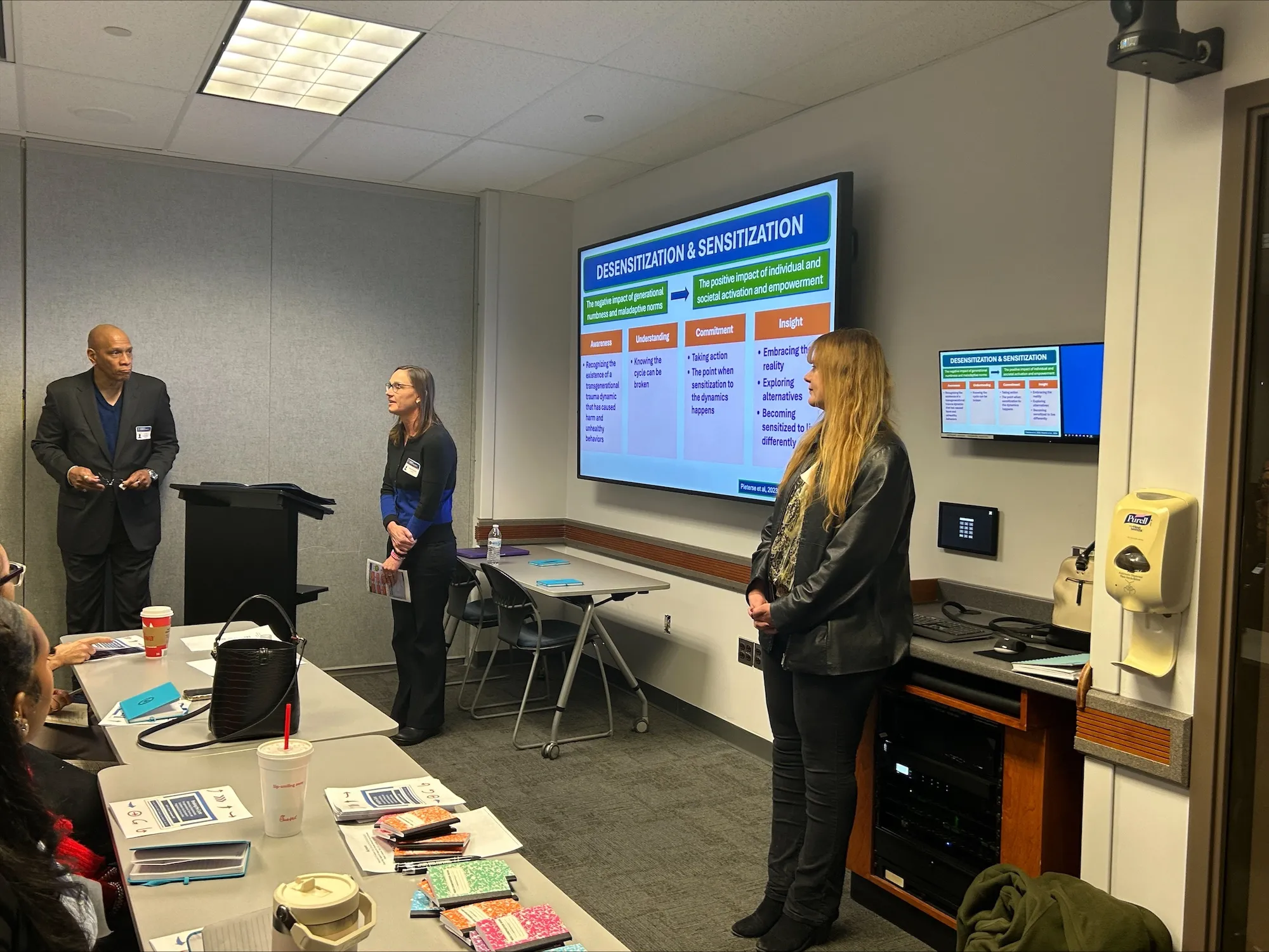
LVC 中国足彩网
- Accounting
- Accounting/MBA 3+1
- Actuarial Science
- Allwein Scholars
- Alumni Profiles
- Athletic Training
- Athletics
- Awards
- Biochemistry & Molecular Biology
- Biology
- Breen Center
- Business Administration
- Campus
- Chemistry
- Clinical Exercise Physiology
- Clinical Mental Health Counseling
- Community Service
- Computer Science
- Creative Arts
- Creative Writing
- Criminal Justice
- Data Science
- Digital Media
- Economics
- Education
- Engineering
- English
- Environmental Science
- Esports
- Exercise Science
- Faculty Profiles
- Gallery
- German
- Giving
- Graduate Studies
- History
- Honors
- Intelligence and Cybersecurity
- Interaction Design
- International Business and Policy
- LVEP
- Marketing
- Mathematics
- MBA
- Medical Humanities
- Medical Laboratory Science
- Music
- Music Education
- Music Production
- Neuroscience
- Nursing
- Physical Therapy
- Physics
- Political Science
- Pre-Law
- Pre-Medical Professions
- Psychology
- Self-Designed
- Social Justice and Civic Engagement
- Sociology
- Spanish
- Speech-Language Pathology
- Sport Performance
- STEM Education
- Student Profiles
- Study Abroad
- Sustainability
- Transfer
- Undecided/Exploratory
As Drinking Rates Climb, Young Adults Confront Consequences

Insights from Jeremy Goshorn
In the last few years, experts have spotlighted a troubling trend: emerging adults—those aged 18 to 29—are reporting some of the highest rates of alcohol use and abuse in the United States. Dr. Jeremy Goshorn is assistant professor of psychology/clinical mental health counseling at Lebanon Valley College and an expert in addiction counseling and higher education, says the numbers paint a concerning picture of a generation navigating a critical developmental stage while facing mounting social, emotional, and behavioral pressures.
According to the 2020 National Survey on Drug Use and Health from the Substance Abuse and Mental Health Services Administration (SAMHSA), about half of all individuals aged 12 and older reported alcohol use in the past month. But the most significant use—and abuse—is concentrated among adults aged 26 and older, with emerging adults not far behind. Roughly 66% of individuals aged 18–29 reported drinking within the past month, and nearly 30% of them admitted to binge drinking. That rate climbs even higher among certain groups: the Monitoring the Future study revealed that 1 in 10 emerging adults had engaged in high-intensity drinking (consuming 10 or more drinks in one sitting) in the two weeks prior to being surveyed.
“Emerging adulthood is a unique and fragile period,” Goshorn explains. “It’s a time marked by instability and exploration—of identity, values, relationships. It’s also when we see the largest spike in both the frequency and intensity of alcohol use.” He notes that alcohol is a common fixture in social situations, particularly for those looking to form new friendships or connections. “Peer influence and social norms play a massive role. For many, alcohol becomes a social lubricant—a way to belong, a way to cope.”
Whether attending college or not, emerging adults are at risk. A 2022 analysis from Monitoring the Future found that while college students were more likely to engage in binge drinking, those not enrolled in college exhibited higher rates of high-intensity drinking. Goshorn stresses that the concern isn’t limited to one demographic or setting. “What we’re seeing is that alcohol use is elevated across the board. The reasons may vary—social expectations, mental health struggles, or simply cultural normalization of drinking—but the outcomes are similarly risky.”
Health consequences of excessive drinking include everything from impaired sleep and liver damage to more immediate dangers like alcohol poisoning, motor vehicle accidents, and legal trouble. Goshorn also warns of psychological risks: “Men, in particular, are more likely to die by suicide while intoxicated. Lowered inhibitions can lead to self-harm, increased risk-taking, and relational trauma.” The Centers for Disease Control and Prevention (CDC) has also identified a pattern in which excessive drinking correlates with higher rates of suicide, particularly among men.
For parents who suspect their child may be struggling with alcohol use, Goshorn emphasizes the importance of communication—but not in the traditional, parental sense. “The biggest mistake parents make is treating their emerging adult like a teenager. You need to approach them as an adult, with respect, empathy, and preparation,” he says. Rather than accusations or assumptions, he advises using “I” statements—such as “I’m worried about your health” or “I’m concerned you’re unhappy”—and avoiding language that suggests failure or disappointment. “That kind of messaging shuts young adults down,” he says. “It doesn’t motivate change. It does the opposite.”
Goshorn recommends that parents reflect on their own behaviors, too. “Are you enabling? Are you helping them avoid consequences or brushing off red flags?” Parents may also need to consider setting new boundaries or expectations. Conversations about alcohol use should be planned thoughtfully, held in private, and focused on safety and care. And they should leave room for follow-ups. “Change doesn’t happen in one conversation. It takes time, and sometimes multiple discussions.”
While prevention is ideal, Goshorn also believes in the value of education and self-assessment. He encourages emerging adults to take part in what he calls sobriety sampling—setting a short-term goal to abstain from alcohol and reflect on the experience. “Ask yourself what you’ve gained, how you feel, what’s changed in your routines or your sleep quality,” he suggests. He even incorporates this concept into the Addictions Counseling course he teaches, often choosing to abstain from caffeine—the most commonly used mood-altering substance—to model the challenge and insights that come with abstaining.
Misconceptions around alcohol use are another challenge. Goshorn says it’s important for young adults to unlearn myths, such as the belief that drinking beer is safer than liquor, or that switching between types of alcohol alters intoxication. Tools like the NIH Drink Size Calculator can help clarify what constitutes a “standard drink” and prevent unintentional overconsumption—especially when mixing drinks at home, which can obscure how much alcohol is actually being consumed.
For those with a diagnosed substance use disorder, Goshorn stresses that sobriety is the recommended approach, particularly in early recovery. Attending events where alcohol is present can trigger relapse. “If you’re not stable in your recovery, even being around drinking can derail progress,” he warns.
Friends and roommates also play a critical role. Goshorn advises them to echo the same principles of open, honest communication and support. “If your friend is trying to stop drinking, don’t drink around them. Join them. Show them they’re not doing it alone. That solidarity can be a game-changer for recovery.”
Ultimately, this is a reminder for everyone—parents, peers, and emerging adults themselves—to reflect on their relationship with alcohol. As Goshorn puts it, “Whether you’re drinking or not, take stock. Use this time to understand your habits and motivations. Awareness is the first step toward change.”




